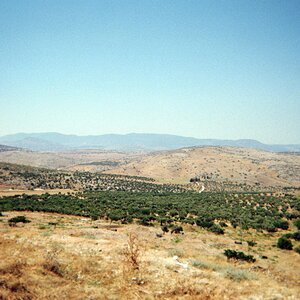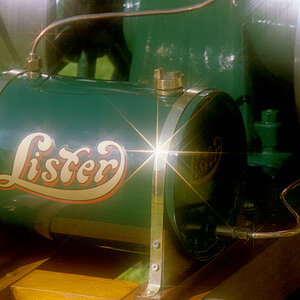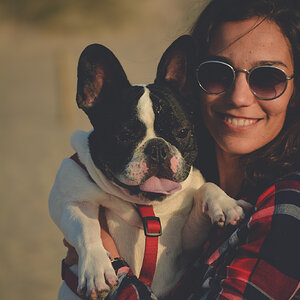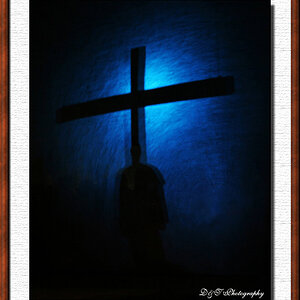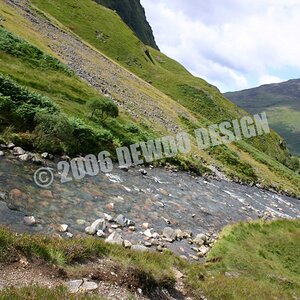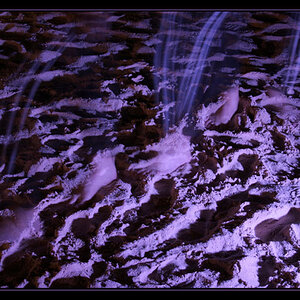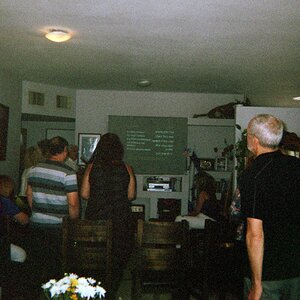- Joined
- Dec 16, 2003
- Messages
- 33,896
- Reaction score
- 1,853
- Location
- Edmonton
- Website
- www.mikehodson.ca
- Can others edit my Photos
- Photos NOT OK to edit
I can't confirm this, but I'm pretty sure that the XTi is rated for up to 250v. You could also use a 'safe sync' to go between the flash and the camera.I have a old Vivitar 2000 flash. (I bought it long long time ago with my 2MP digicam) I know I cannot use it with my Canon Xti as the trigger voltage is more than 100V (I measured it with my multimeter).
Absolutely.Do you think I can use it as a off camera flash?
You could send it to meOr I should better off throw it away



